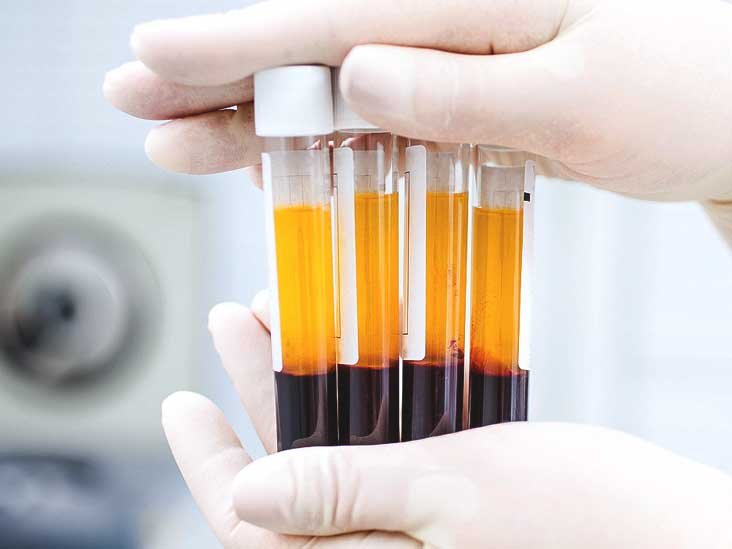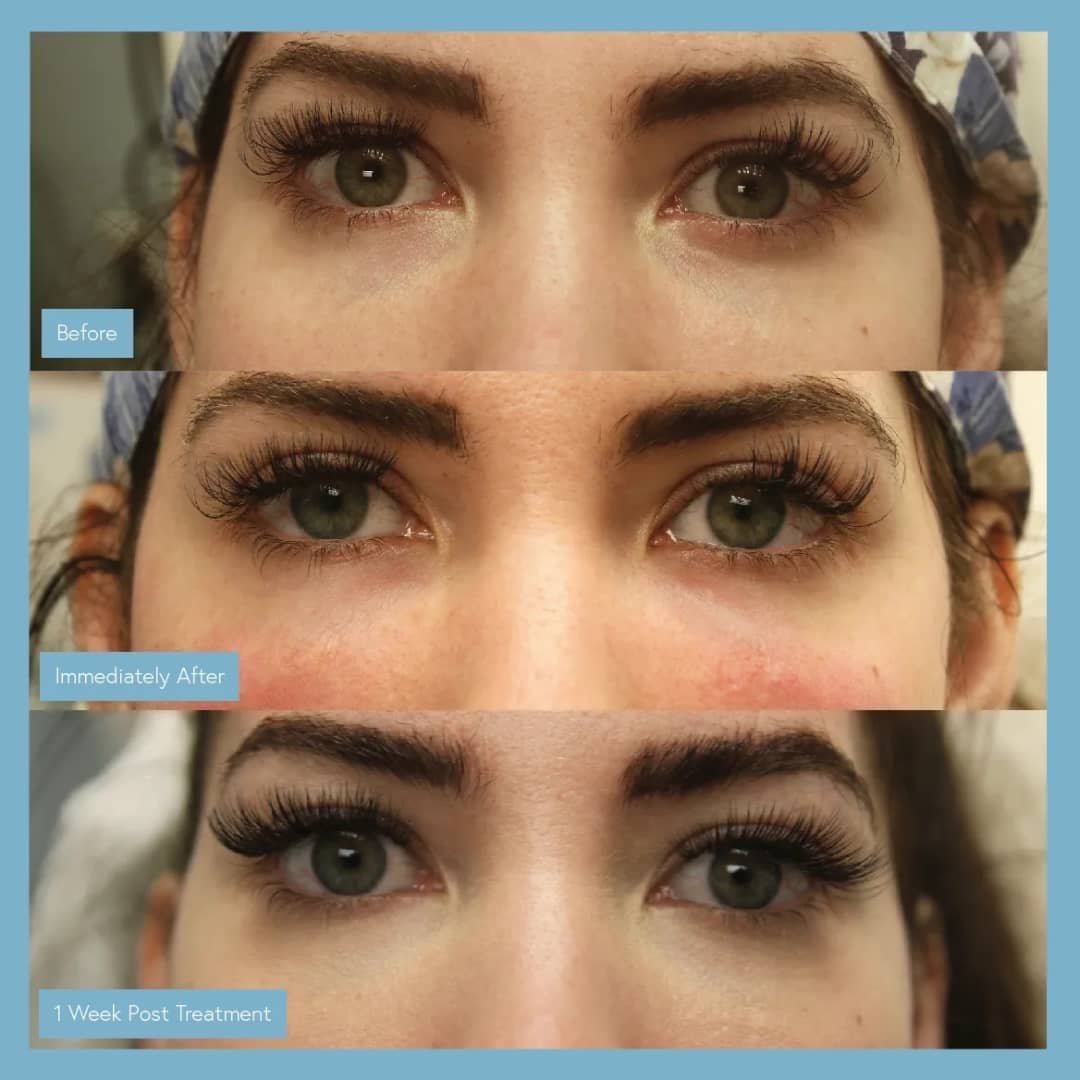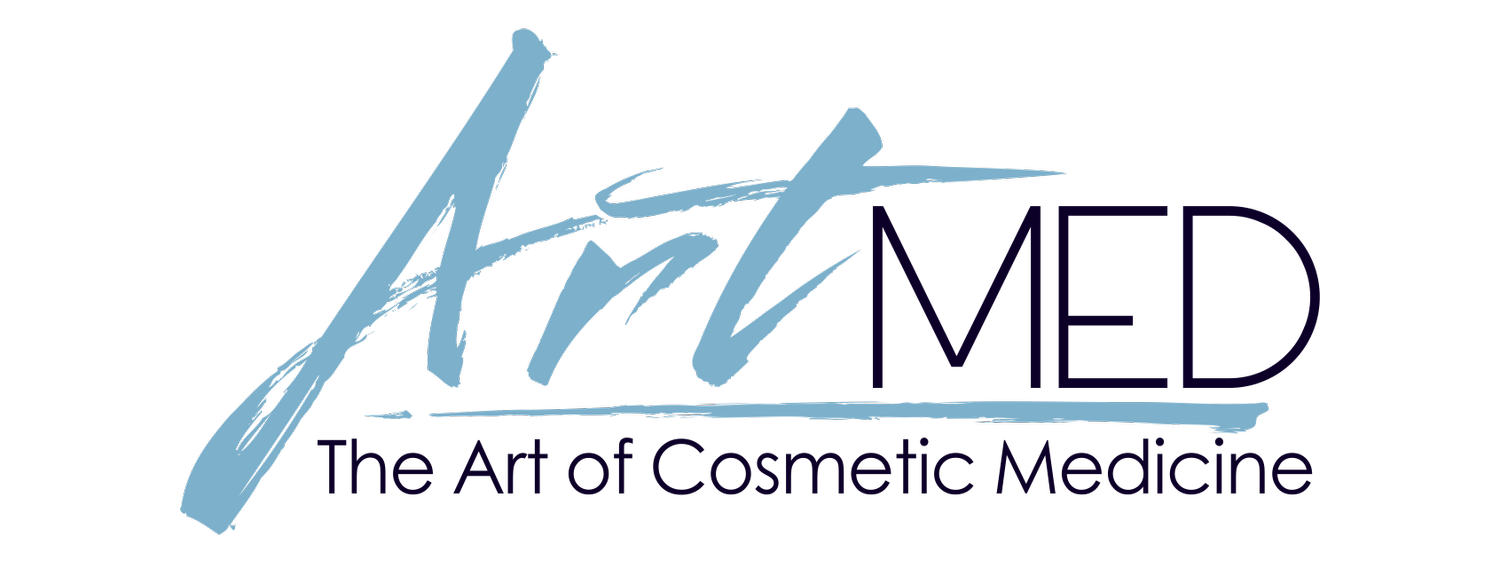
PRP for Rejuvenation
Stimulate Collagen Production | Smooth & Soften Skin | Firm Skin
What is PRP for skin rejuvenation?
Platelet-Rich Plasma for Skin Rejuvenation is a system whereby PRP is used to stimulate self-repair of skin and tissues. By injecting PRP directly into aging skin, thin or crepey skin or under eye hollows PRP stimulates the body’s natural repair process by releasing growth factors known to boost tissue regeneration and stimulate collagen production, leaving skin feeling smoother, softer, firmer and more elastic.
How does it work?
PRP for rejuvenation is a therapeutic system that uses proprietary technology to generate the very high concentration of platelets necessary to stimulate an immune cascade which leads to collagen, elastin and fibrin production in the skin. Blood is collected from the patient and the platelet-rich portion is isolated and injected back into target regions. PRP can also be applied topically after procedures such as micro-needling or fractionated laser to sooth the skin, speed healing and amplify procedure results.
By isolating the platelet-rich portion of your blood and injecting it back into target regions, you can fight the signs of aging and correct imperfections using your body’s natural and inherent repair mechanisms. PRP is an ideal treatment for individuals who are looking for a natural approach to aesthetic improvements. PRP is also an excellent option for individuals who for medical reasons may not be able to undertake other types of procedures.



Begin your skin journey. Book a consultation with one of our expert Nurse Injectors.
Conditions to treat with PRP for Skin Rejuvenation
PRP for Rejuvenation FAQ’s
-
Platelet-rich plasma (PRP) is a concentrate (solution) isolated from your own whole blood with the red blood cells removed leaving plasma rich in platelets. Platelets contain growth factors and other healing chemicals that stimulate tissue repair through collagen and fibrin production and helps reduce hair loss and stimulate hair growth. It has been used since the 1970’s for soft tissue, joint injuries and surgical healing.More recently PRP has been used for skin rejuvenation and hair loss therapy.
-
Step 1: Utilizing a specialized blood collection tube from the Eclipse PRP® kit, a practitioner draws a small amount of blood similar to what is required for a basic lab test.
Step 2: The tube is then placed into a centrifuge which spins the blood at a very high speed, causing the platelets to separate from the other components of the blood.
Step 3: Once the platelets are concentrated into the plasma they can be injected for treatment.The injury of injection causes activation ofplatelets andrelease of essential growth factors and signaling proteins, which are responsiblefor the wound-healing process.
-
The blood draw takes just a couple of minutes, followed immediately by a 10-minute centrifugation. The time involved in the application varies based on which procedure is being performed.
-
Most indications for PRP require three treatments four to six weeks apart. Improvement may be seen as early as three weeks and can take three months for collagen regeneration and other growth factor effects or longer.Some may require less treatment to see improvement, others may require more treatments.
-
After a series of treatments results may last up to 12 to 18 months. To maintain results a treatment is recommended every 9 to 12 months. Results vary. Some exceed our expectations, others respond below expectations. Good results are expected, focusing on improvement and not perfection. Everyone is unique, and it is impossible to guarantee results.
-
There may be some sensitivity. Eclipse PRP® is close to a physiologic pH, which means the product is less likely to cause a stinging or burning sensation. There may be some temporary discomfort or possible redness and inflammation at the application site, but quickly resolves. However, at ArtMed we utilize several effective analgesic solutions, include Pro-Nox (laughing gas), cold ambient air and a topical analgesic to minimize any potential discomfort.
-
Since the autologous Platelet-Rich Plasma (PRP) is produced from a patient’s own blood, there is virtually no risk of an allergic reaction or rejection.
-
PRP is not recommended if you are breastfeeding, pregnant, have a blood condition especially involving platelets or fibrin, recent blood transfusion, if you have a history of keloid scarring, collagen vascular diseases such as scleroderma or if you have cancer. If you have hemophilia, infectious diseases or liver function issues, PRP may not be indicated. Bleeding disorders or blood thinners make you more prone to bruising. Smoking/second-hand smoke interferes with healing and may increase the risk of all side effects especially infection. PRP may be of poor quality if you smoke. Chronic medical conditions such as diabetes, lupus, rheumatoid arthritis, HIV or other immunosuppressive conditions or medications may increase your risk of infection and other side-effects. If you have any of the above issues, there may be a decreased or lack of response to treatment. PRP treatments are not recommended if you have unrealistic expectations such as “perfect” results ora desire to “completely cure” the condition being treated.
-
Injection-related side effects can include: bleeding/bruising, mild to moderate discomfort, swelling, redness, needle marks/small scabs may take a few minutes to a week to resolve. Skin discolouration is uncommon but possible. Cold sores can be triggered if you have a history of cold sores in the treatment area and rarely if you don’t have a history. Medication can be prescribed to limit or prevent them. There is a higher risk of infection if you have had facial implants, permanent/semi-permanent filler treatments, are a smoker or are on immunosuppressant medication.
-
Before all PRP therapy you should:
•avoid aspirin (other than if you are taking it for a known heart condition), advil, motrin, ibuprofen, naproxen, voltaren and other anti-inflammatory medication for at least three days and ideally for seven days before your procedure. We want inflammation as this is one mechanism of how PRP may work
•discontinue vitamin E, vitamin A, ginko, garlic, flax, cod liver oil, essential fatty acids or any other natural blood thinners for at least one week before your treatment and for one week after treatment
•increase your fluid intake for the two days before your session (eight glasses/day) to enable easier collection of the blood sample
•eat a normal breakfast and lunch the day of treatment
•avoid alcohol for three days before treatment and if possible, stop smoking or limit smoking for three days prior to treatment and similarly for both alcohol and smoking for three days after treatment. Excessive alcohol use, especially if often or chronic, adversely affects the quality of PRP.
•inform us if you have any upcoming events because bruising is a possibility after treatment
•limit sun exposure on the treatment area for two days before and after treatment
•confirm your treatment budget with the doctor prior to treatment
•consider applying numbing cream for at least 30 minutes prior to your treatment
-
After your treatment:
•avoid the above medication for three to seven days
•you may take Tylenol/acetaminophen
•and avoid exercise for the rest of the day
•have a skincare and mineral cosmetic makeup consult (complementary) for use after treatment
•you may wash the treatment area with gentle cleanser and wear high quality mineral makeup the following day•do not wear makeup immediately after treatment as this may increase risk of infection
•contact the clinic if you have any questions about your treatment or if you develop any of the above complications.
We are here to help you and want your experience to be a pleasant one.



